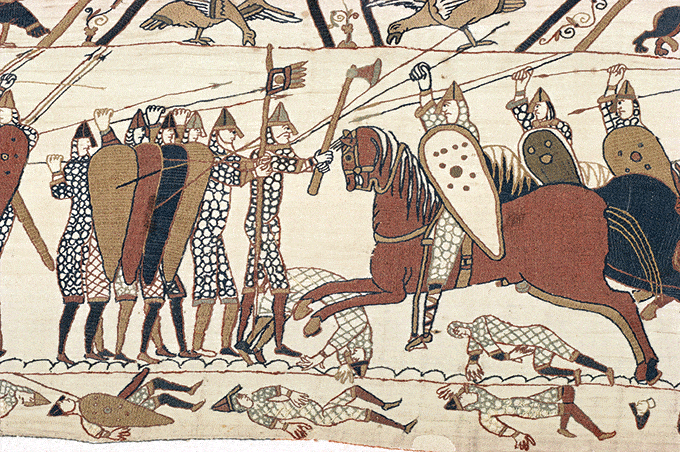
The Battle of Gaugamela Reshaped the Middle East For a Thousand Years
On October 1st, 331 BC, Alexander the Great led an army of 47,000 Macedonians and Greeks against an estimated 52,000-120,000 troops under the command of Persia’s king Darius III. The two monarchs and their men faced each other near Gaugamela, in the vicinity of the modern city of Dohuk in Iraqi Kurdistan, to decide the fate of the Persian Empire.
Darius placed himself in the center of the Persian line, with cavalry on both flanks, and chariots in front. Alexander took most of his cavalry, including his elite Companion Cavalry, and rode towards the right of the field, parallel to the Persian line. To keep the Persian chariots from striking his flank, Alexander took a scratch force of infantry, and placed them between his cavalry and the enemy chariots.
As he rode to the right, Alexander was shadowed by Persian cavalry on that side of the field, to keep him from outflanking the Persian left. It was what Alexander wanted: to remove as much Persian cavalry from their initial position as possible. Alexander also had a surprise for the Persian horsemen: light infantry keeping pace with him, hidden from the Persians by the dust stirred up and by Alexander’s own cavalry. The result was 3 parallel lines moving towards the right: the Persian cavalry, Alexander’s cavalry, whom the Persians could see, and his light infantry, whom the Persians could not see.
The Persian cavalry eventually outflanked what they assumed was Alexander’s attempt to outflank them, then charged. Which is what Alexander had hoped they would do: by shadowing him as he rode to the right of the field, a gap had opened in the Persian line. Alexander’s goal had been to draw the Persian cavalry out of position in order to create that gap.
Then, having juked the Persian cavalry out of position, Alexander left the bulk of his cavalry, and the accompanying light infantry, to engage the Persian cavalry and keep them occupied. He disengaged his elite Companion Cavalry from the fray and rode off at their head, in a wedge formation, for the gap where the Persian cavalry had been at the start of the battle. A gap where king Darius was stationed. It was a surgical strike that decided the battle. Seeing Alexander leading a furious cavalry charge straight at him, Darius panicked and fled the battlefield. There was still plenty of fighting left, but Darius’ flight effectively ceded the Persian Empire to Alexander.

That Empire, founded by Cyrus the Great over two centuries earlier, came to an end when its last king, the fugitive Darius, was assassinated by his followers a few months later. The victory at Gaugamela would ensure that the entire Eastern Mediterranean would become part of the Hellenistic and later Greco-Roman for the next millennium.

